Blog Detail
Table of Contents

The Guides to Successfully Conducting a School Tour
- Nancy
- Oct 24, 2023
- 0 Comments
Introduction:
School tours are an integral part of the educational experience as they provide students with unique opportunities to go beyond the confines of the classroom and explore new environments. These guided systems for school tours offer a hands-on approach to learning, enabling students to engage with real-world scenarios and gain practical knowledge that complements their academic studies. A school tour depends on two things: the school itself and the tour guide who provides the school, and we've got 6 ideas to help make your school visit a success
1. Define the Objectives and Theme:
Before embarking on a school tour, it is crucial to define clear objectives and a theme that aligns with the curriculum or specific learning outcomes. Consider the age and interests of the students, and choose a destination or topic that will captivate their attention and enrich their knowledge.
2. Plan and Organize:
Thorough planning is the foundation of a successful school tour. Determine the logistics, including the date, duration, transportation, and necessary permissions. Collaborate with educators and tour guides to create an itinerary that covers key points of interest and allows for interactive learning experiences.
3. Engage Students Pre-Tour:
To maximize the impact of the tour, engage students in pre-tour activities. Provide background information, assign pre-reading or research tasks, and encourage students to develop questions they would like to explore during the tour. This preparation will pique their curiosity and enhance their overall engagement during the visit.
4. Incorporate a Tour Guide System:
A tour guide system for school can greatly enhance the tour experience by ensuring clear and seamless communication between educators and students. By investing in a wireless tour guide system, educators can easily transmit information, explanations, and instructions to the entire group, enabling students to fully grasp the educational content without distractions. This tool allows for interactive and immersive learning, even in noisy environments or large groups.
5. Encourage Active Participation:
During the tour, encourage students to actively participate and engage with the environment. Incorporate interactive activities, such as group discussions, hands-on experiments, or guided observations, to deepen their understanding and foster critical thinking skills. A tour guide system with two-way communication capabilities can facilitate real-time Q&A sessions, allowing students to ask questions and seek clarification directly from the educator or tour guide like Retekess TT126.
6. Reflect and Debrief:
After the tour, allocate time for reflection and debriefing. Encourage students to share their experiences, discuss key takeaways, and connect the tour to what they have learned in the classroom. This reflection process helps solidify the educational impact of the tour and encourages students to make connections between theory and real-world applications.
Conclusion:
Conducting a successful school tour requires meticulous planning, engaging activities, and effective communication. By incorporating a tour guide system into the tour experience, educators can ensure clear and seamless communication, enhance student engagement, and create a more immersive and interactive learning environment. A wireless tour guide system can transform a school tour into an unforgettable educational journey, enabling students to absorb knowledge, ask questions, and connect with the subject matter on a deeper level. So, go ahead, plan that school tour, and consider investing in a tour guide system to elevate the experience for everyone involved.
(We are currently offering a large order promotion, where you can enjoy exclusive discounts, custom brand logos, extra headphones and microphones, and a 3-year warranty.)

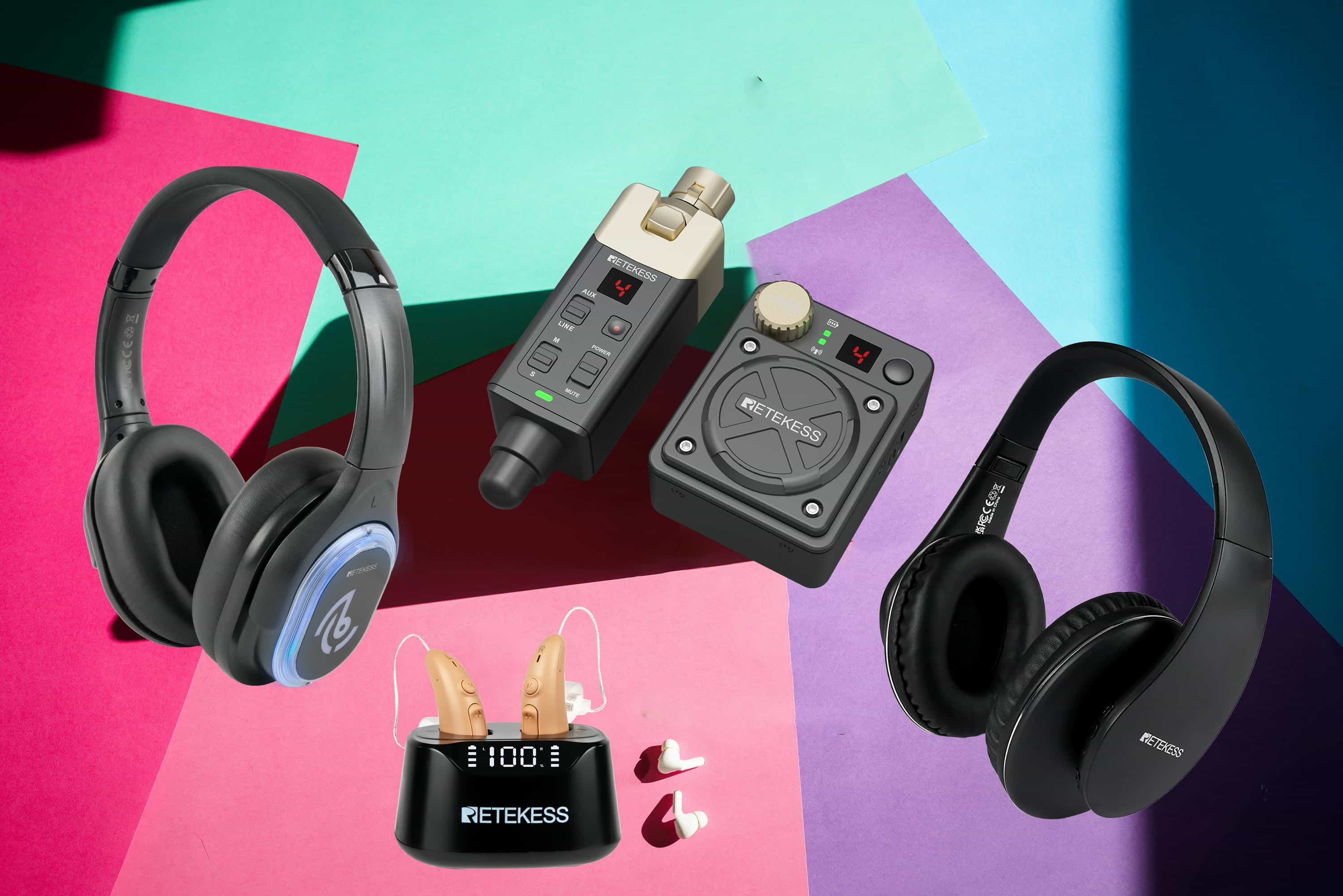
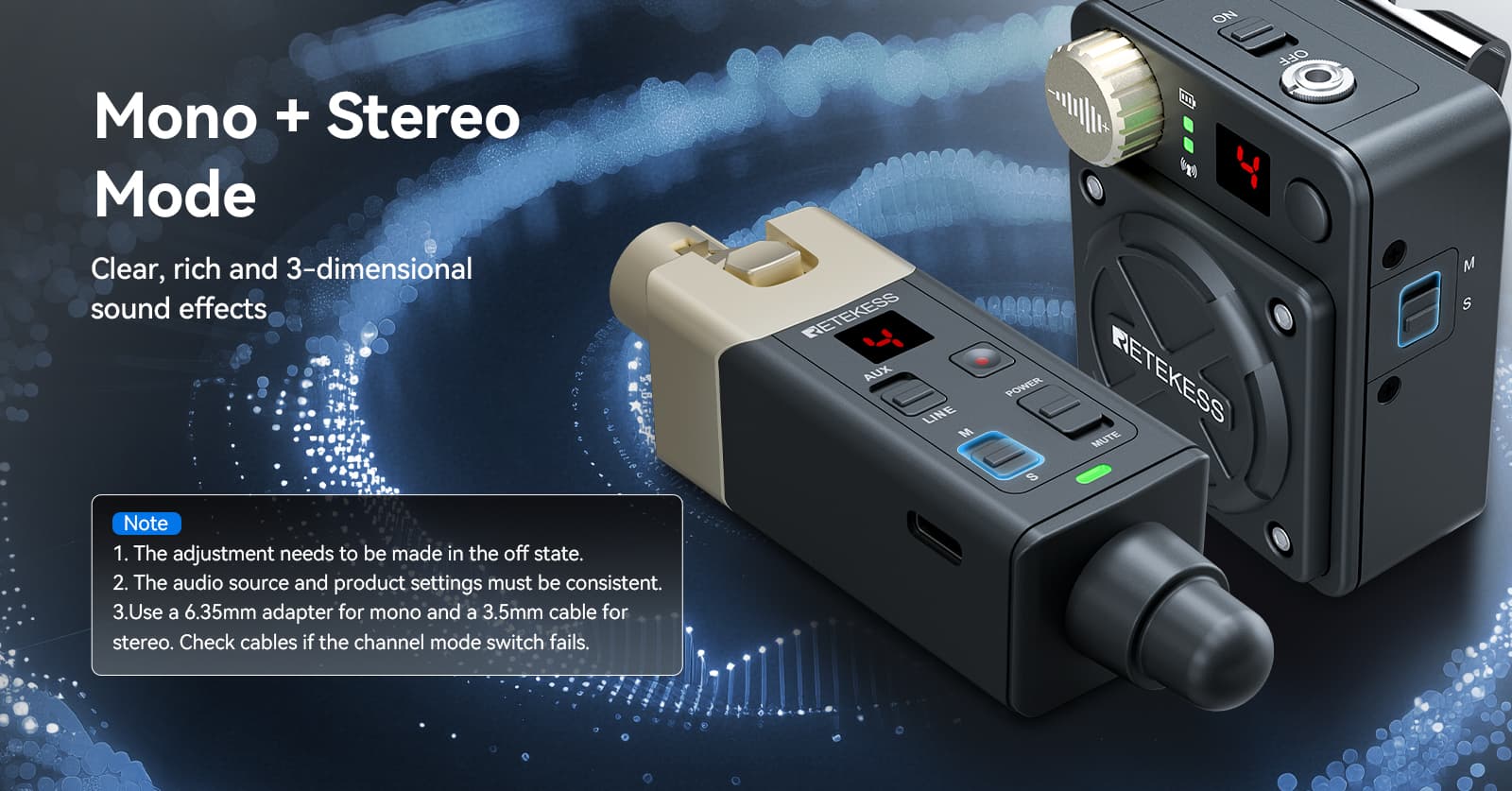

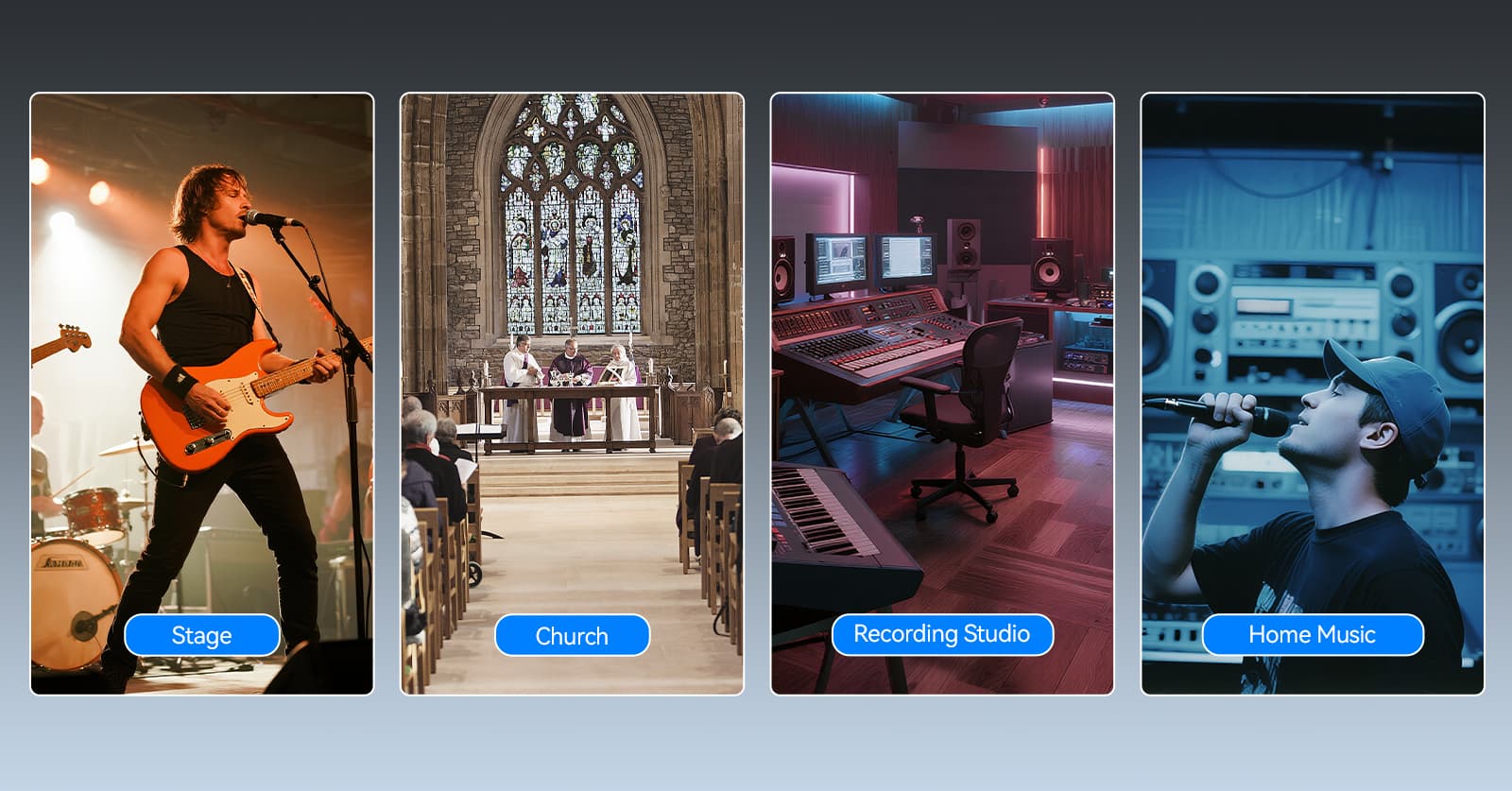
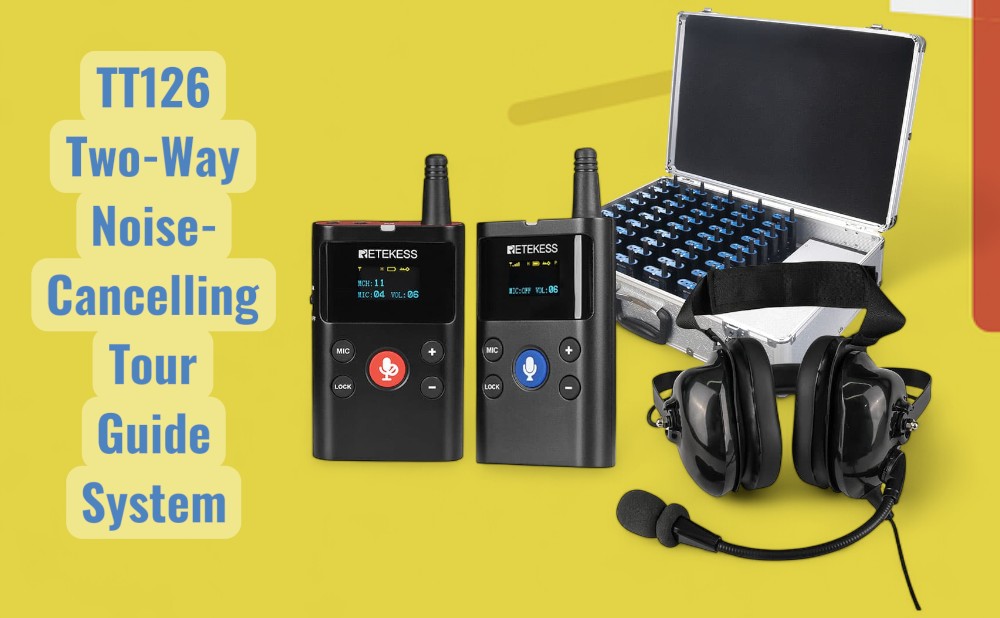

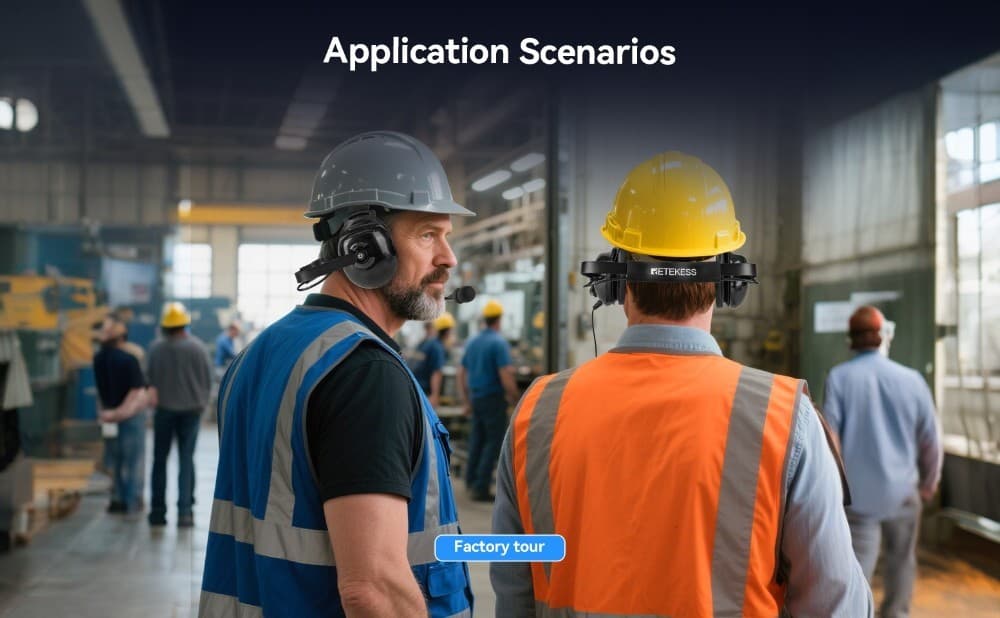
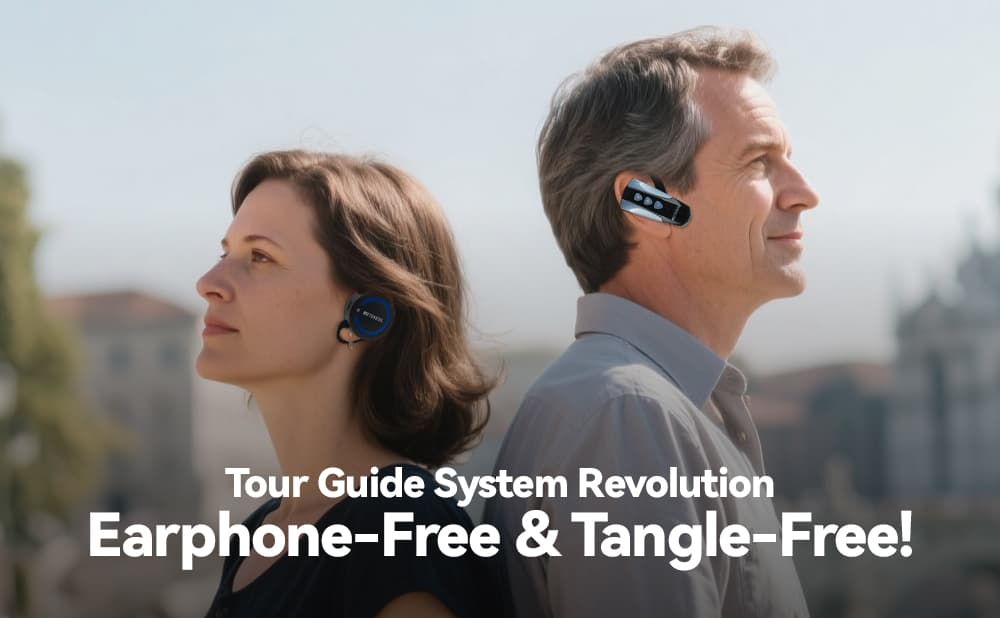
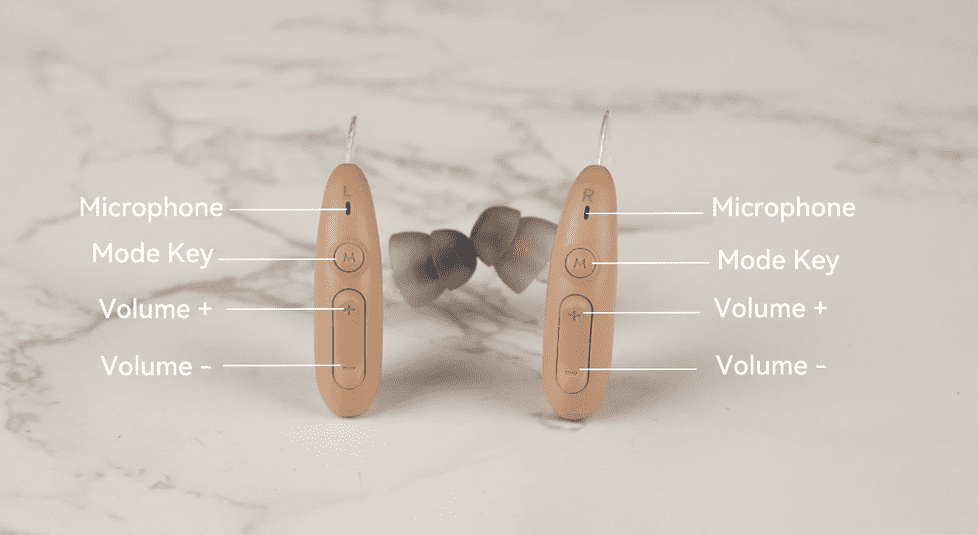
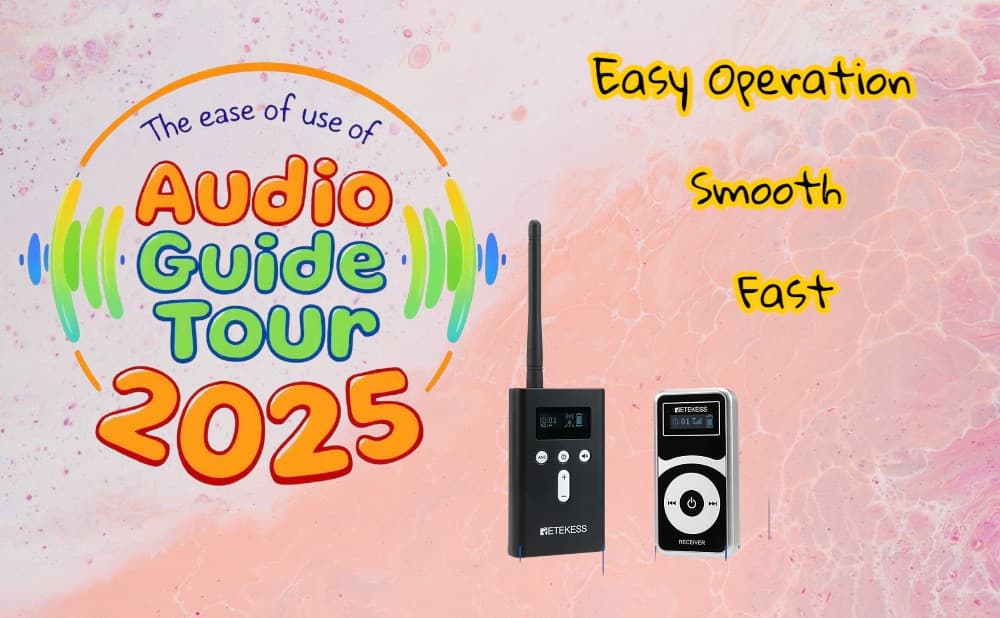
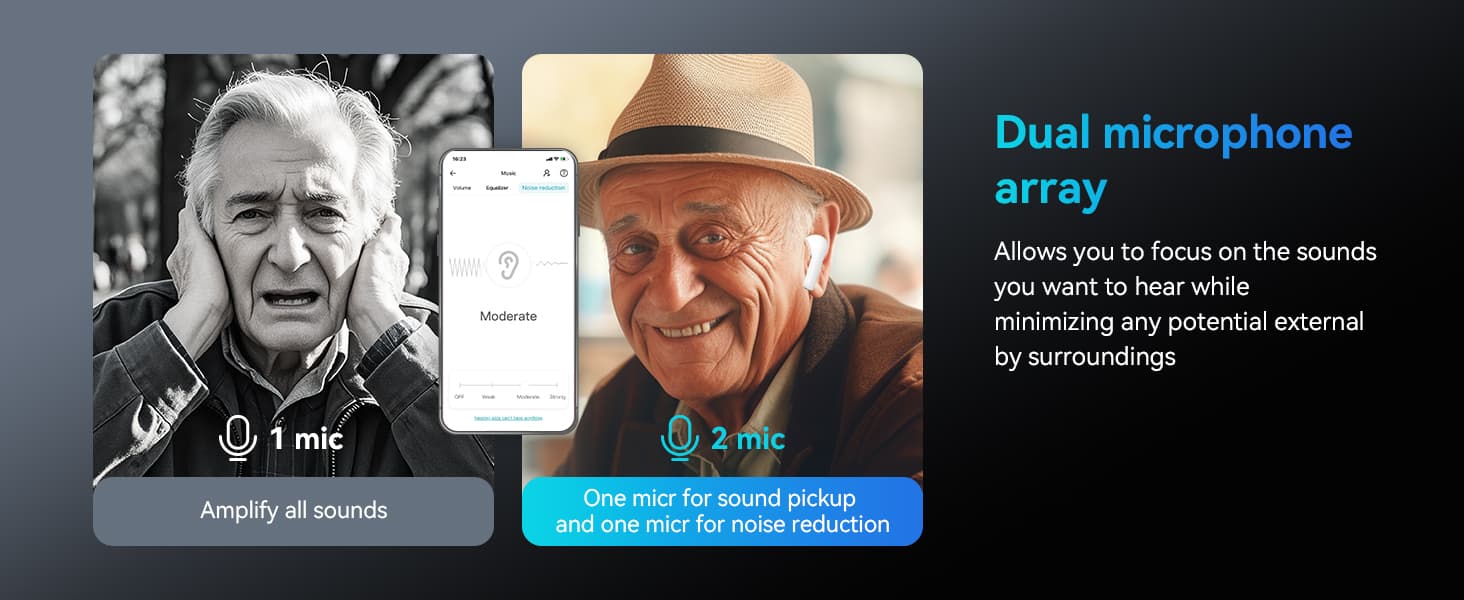
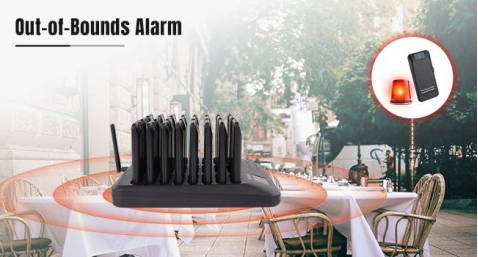

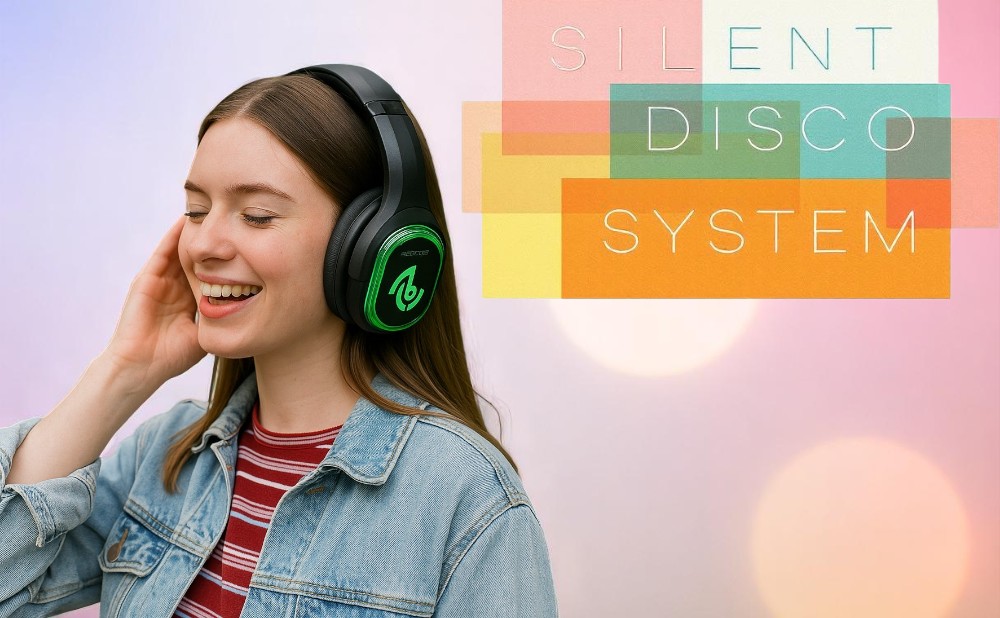
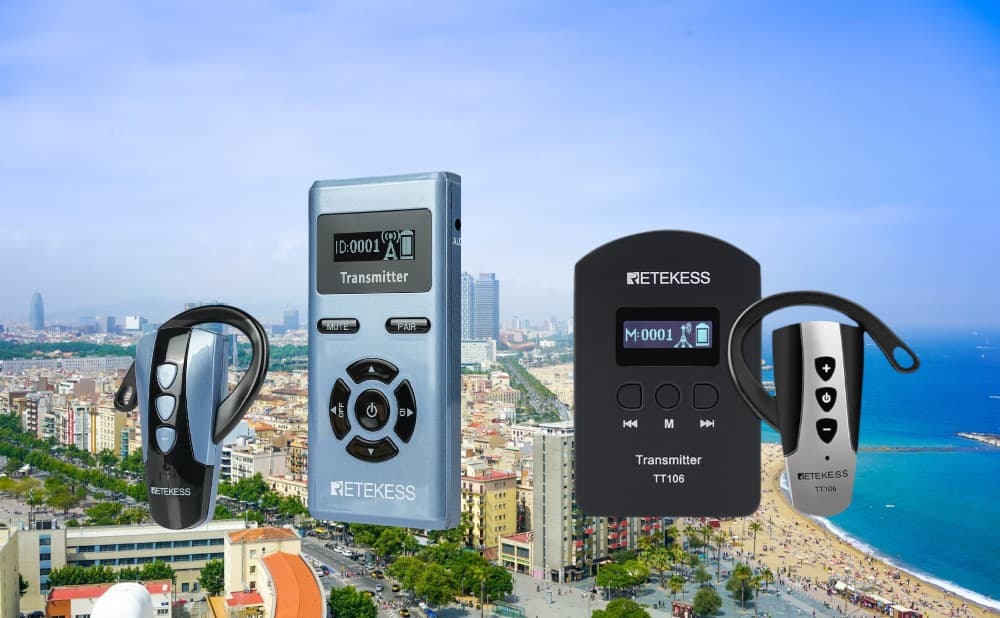
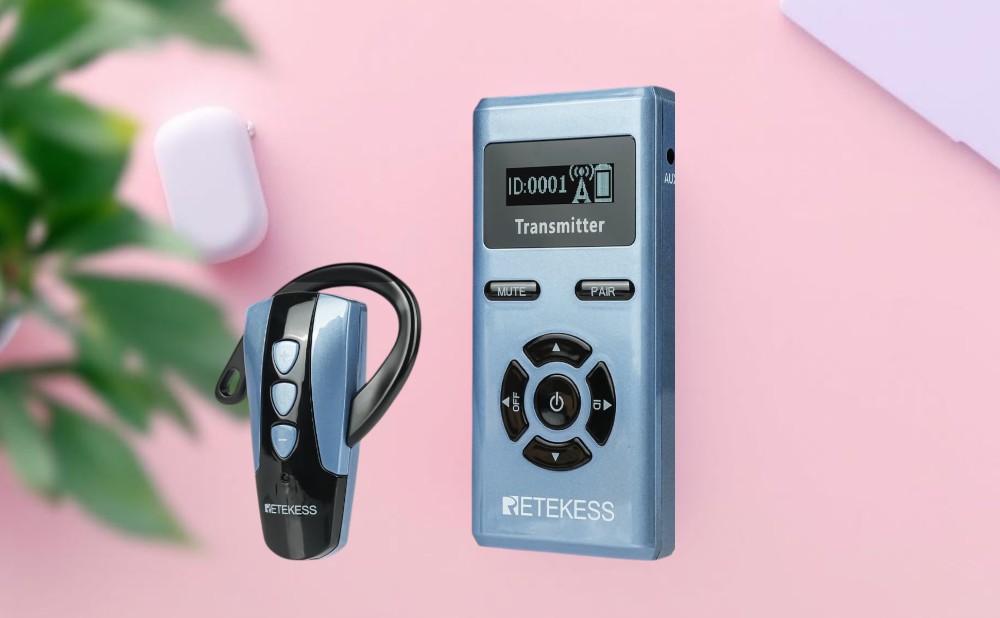
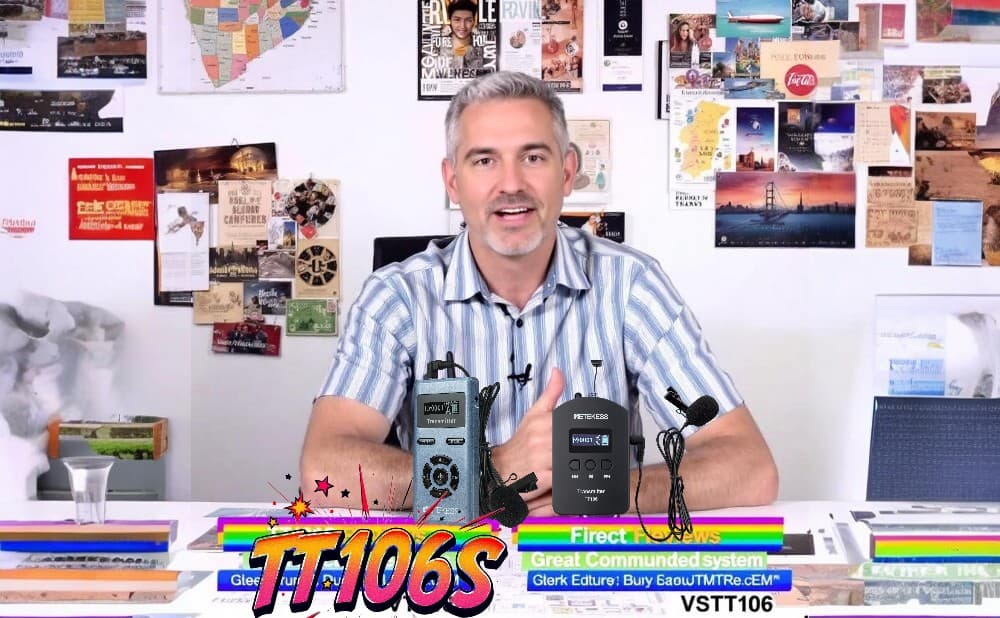
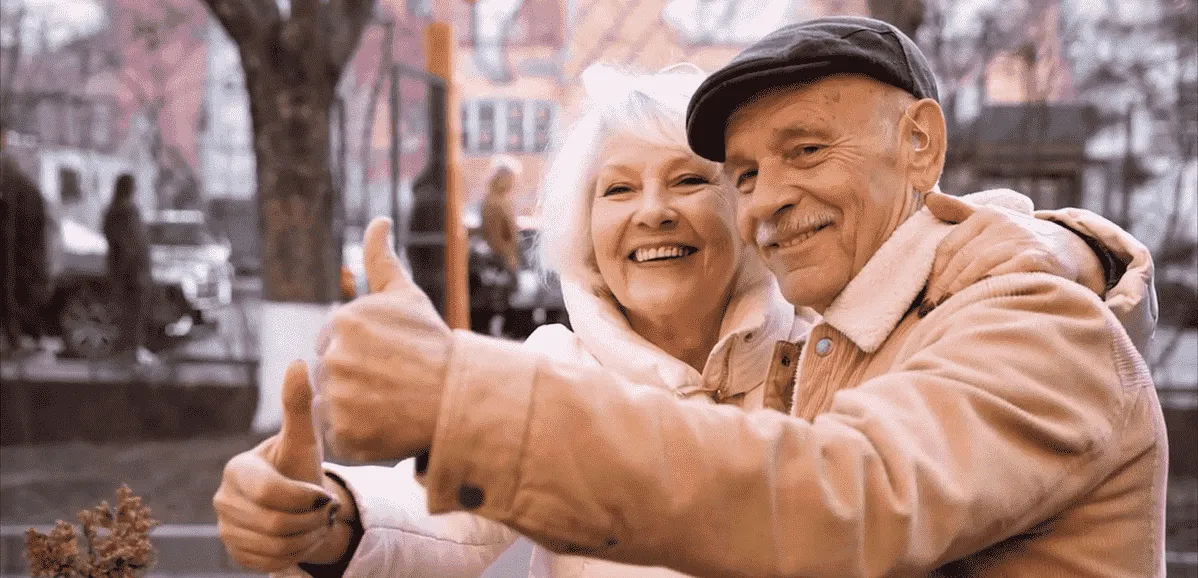



Comments (0)